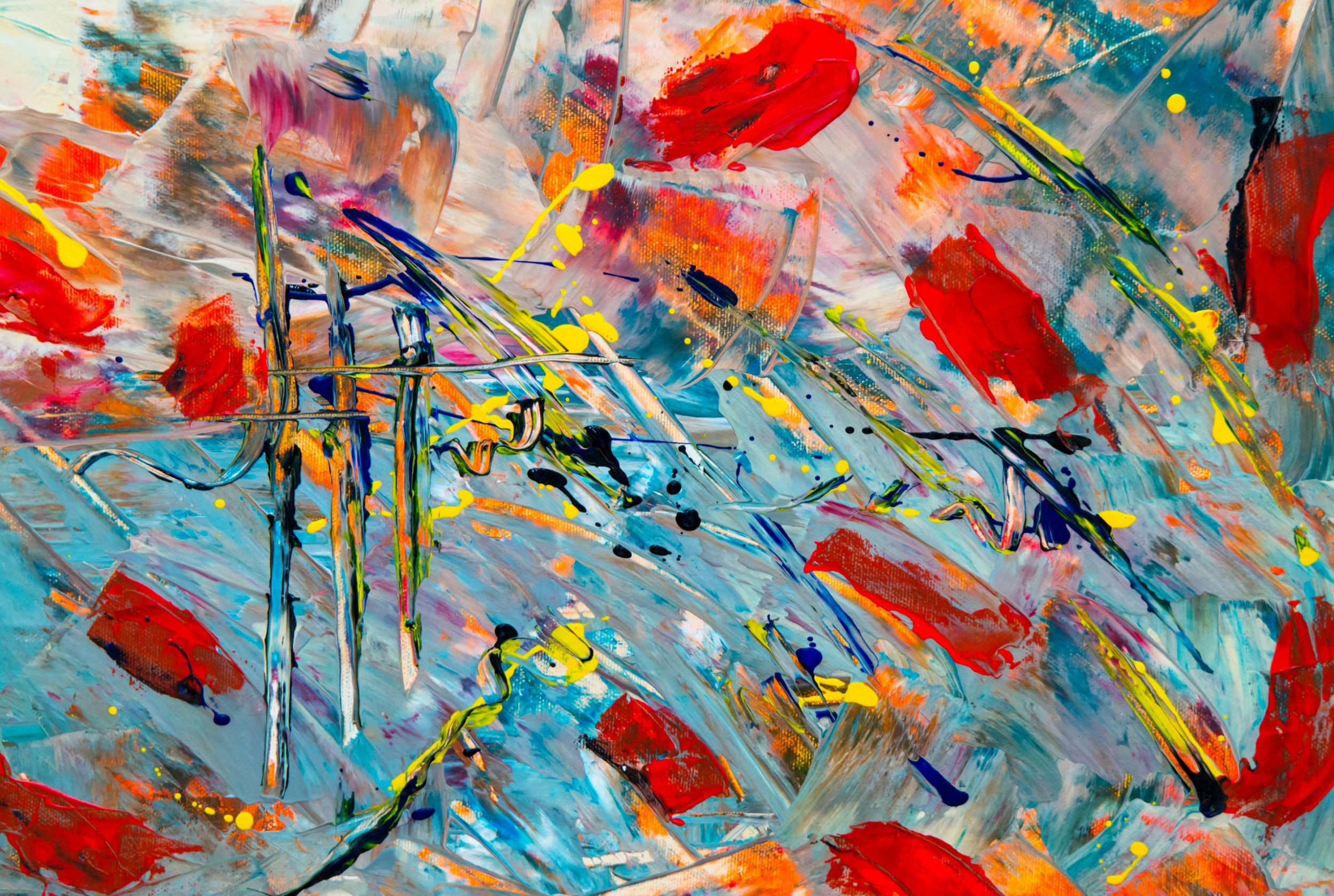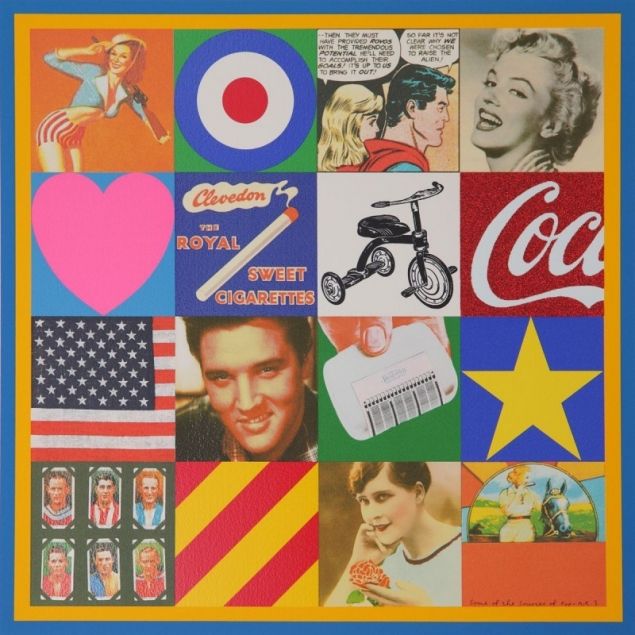Pop art emerged in the 1950s as a response to the consumerism and mass media that were prevalent in American society at the time. Artists like Andy Warhol and Roy Lichtenstein embraced popular culture and incorporated elements of it into their work, blurring the lines between fine art and everyday life.
Characteristics of Pop Art
One of the defining characteristics of pop art is its use of bold colors and imagery taken from popular culture, such as advertisements, comic books, and celebrities. Pop artists often used techniques like screen printing and collage to create their works, giving them a bold and graphic quality that stood out from traditional fine art.
The Influence of Pop Art on Society
Pop art had a significant impact on society, both in terms of art and culture. By elevating everyday objects and images to the level of fine art, pop artists challenged traditional notions of what could be considered art and sparked a new wave of creativity and innovation in the art world.
Pop Art Today
While the heyday of pop art may have been in the 1960s, its influence can still be seen today in contemporary art and design. Many artists continue to draw inspiration from the bold colors and imagery of pop art, creating works that blur the lines between high and low culture.
The Future of Pop Art
As we move further into the digital age, pop art is likely to continue to evolve and adapt to new technologies and cultural influences. The boundary between fine art and pop culture is becoming increasingly blurred, opening up new possibilities for creative expression and collaboration.
In Conclusion
Pop art remains a vibrant and influential movement that continues to bridge the gap between fine art and pop culture. By embracing the imagery and iconography of everyday life, pop artists have created a new language of art that speaks to the complexities and contradictions of modern society.
As a copywriter specializing in the tech niche, I understand the importance of using HTML markup to enhance the presentation of content online. By incorporating headers and structure into the text, we can make the article more readable and engaging for readers. If you’re looking to create a captivating piece on Pop Art and its influence on society, using HTML markup can help elevate the content and ensure it reaches a wider audience.

